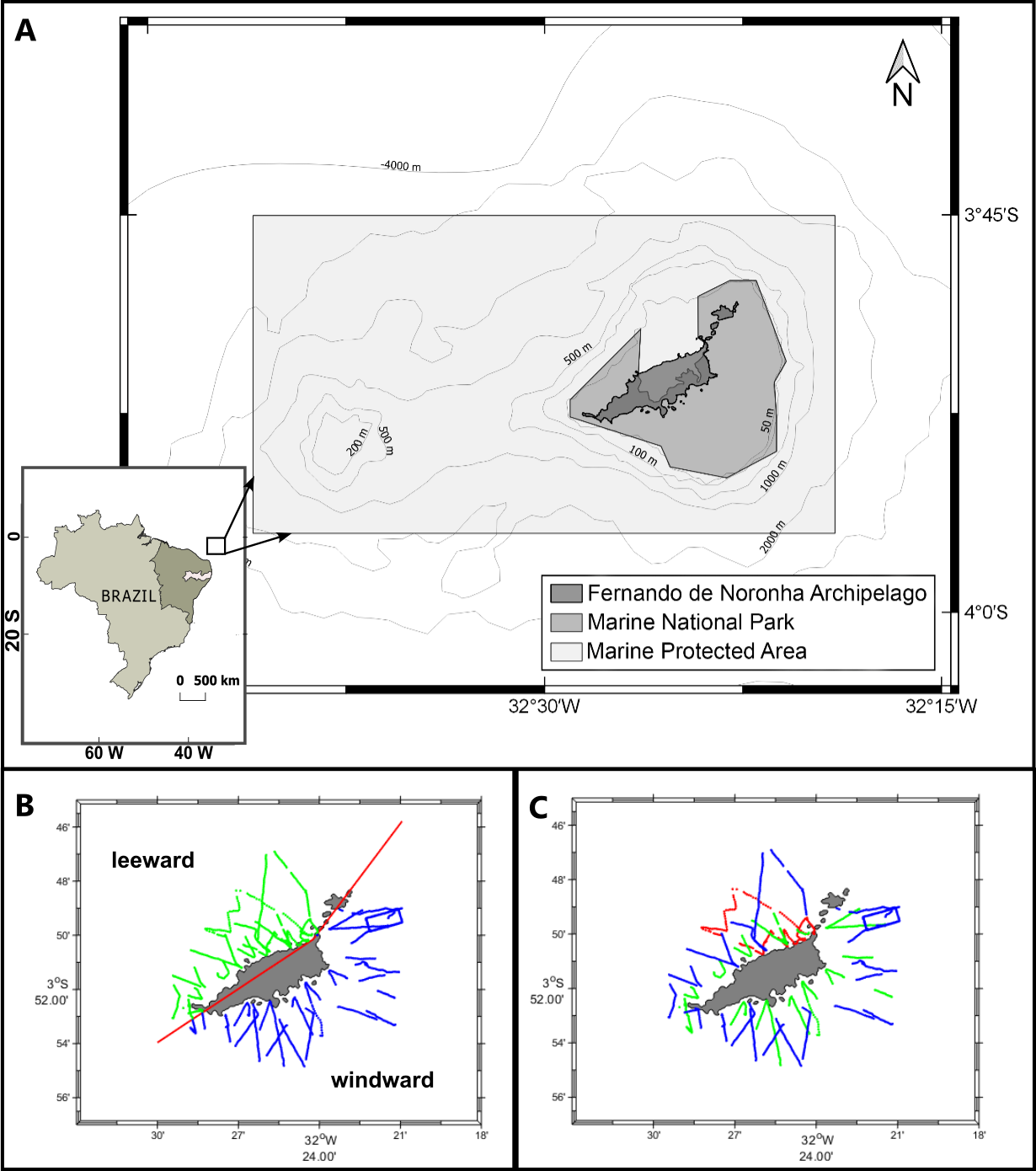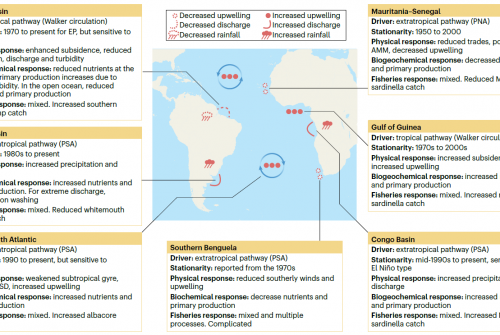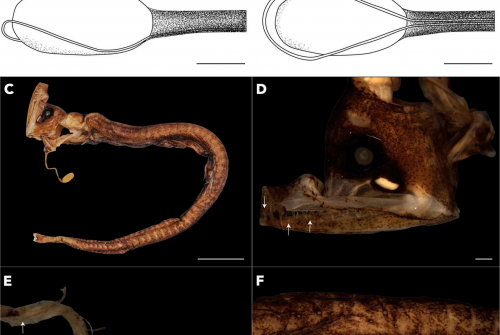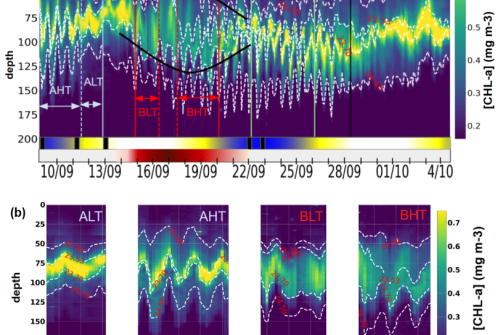
This study presents an approach that complements previously identified trends in the distribution of acoustic biomass of demersal and pelagic fishes in Fernando de Noronha. Using underwater video as the main method of analysis, patterns of relative fish abundance were evaluated as indicators of biomass, richness, and trophic levels of demersal and pelagic assemblages. Thus, depth stratum, Marine Protected Area (MPA) including the National Marine Park and the Sustainable Fishing Zone, and oceanographic/abiotic factors (e.g., winds, currents, and substrate complexity) were considered. The results confirm that complex substrates and shallow areas (0–20 m) are characterised by greater abundance and species richness. However, it is important to note the limitation of video in detecting fish in deeper areas. Wind exposure also positively influences the abundance and diversity of demersal fish, demonstrating the impact of the “island effect” on species distribution. The research also highlights the relevance of the MPA in Fernando de Noronha for both biodiversity conservation and the sustainability of fishing activities. However, the analysis of trophic levels revealed an increased prevalence of higher trophic levels outside the MPA, mainly due to the abundance of the species Melichthys niger. The presence of complex substrates and lower trophic competition may explain this observation. Therefore, the study provides important insights for the planning of MPAs and the need to include the spatial distribution of higher trophic level species for marine conservation.
DOI: 10.1016/j.rsma.2024.103761
Reference
Da Silva, C. L., Salvetat, J., Pelage, L., Pereira, C. A., Travassos, P., & Bertrand, A. (2024). Distribution of pelagic and demersal fish assemblages by video prospection in the archipelago of Fernando de Noronha. Regional Studies in Marine Science, 103761.







